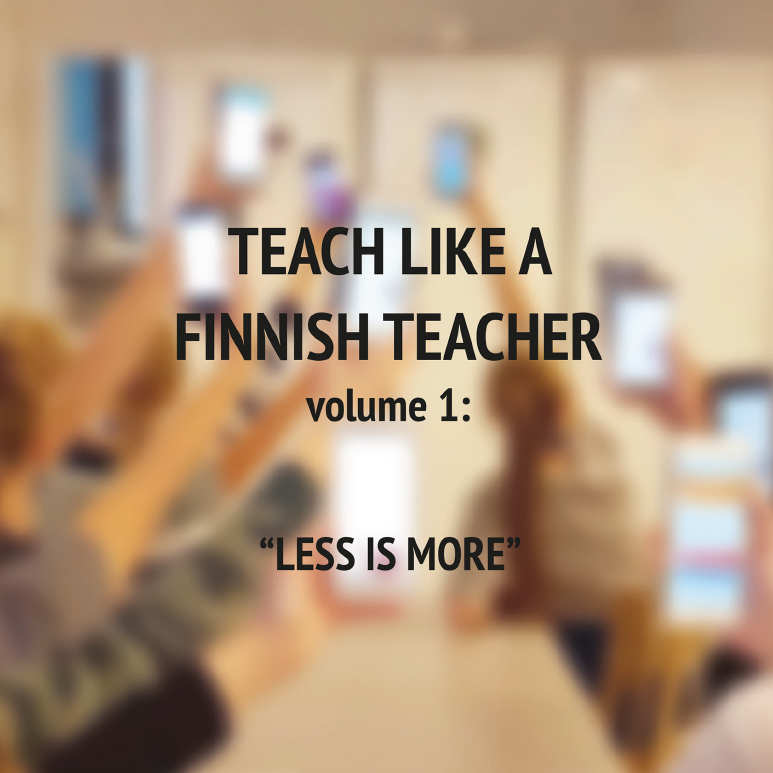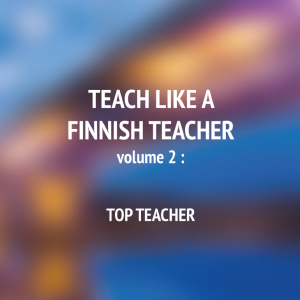Description
Foreword
The 1990s were a turning point in the history of education. While Finland struggled through the economic recession, a quiet revolution was taking place in the field of education. Curricula, which previously prescribed in detail what, when and how to learn, were transformed into more flexible frameworks.
A new role opened up for the teacher – no longer a mere distributor of information, but a planner, instructor and enabler of learning. The student was put at the center, and the learning content began to emphasize future skills: critical thinking, collaboration, media skills and broad competence.
This transformation extended beyond general principles: the development of subject-specific curricula and pedagogy became more collaborative and research-based. Teachers and experts worked together to reshape content and methods to better reflect real-world contexts, integrative approaches and the diverse needs of learners. The shift encouraged interdisciplinary teaching and promoted deeper understanding over rote memorization.
Alongside this, transversal skills—such as multiliteracy, sustainable development, cultural competence and entrepreneurship—were introduced as part of everyday teaching. These skills were no longer seen as separate goals but were embedded into the fabric of all subjects, guiding lesson planning and classroom interaction.
At the same time, the administration of schools began to evolve. Leadership became more pedagogical, with an emphasis on supporting teachers’ autonomy, fostering a collaborative school culture, and using data and feedback to improve both learning outcomes and well-being. Schools were encouraged to become learning communities, where development is continuous and inclusive.
This book was born from the need to understand why the curriculum reform of the 1990s was so significant – and how its traces still extend to today’s school work. I hope that the reader will find in the book not only information, but also tools for examining their own teaching and educational thinking.
Petri Lounaskorpi,
Finnish education expert, researcher




